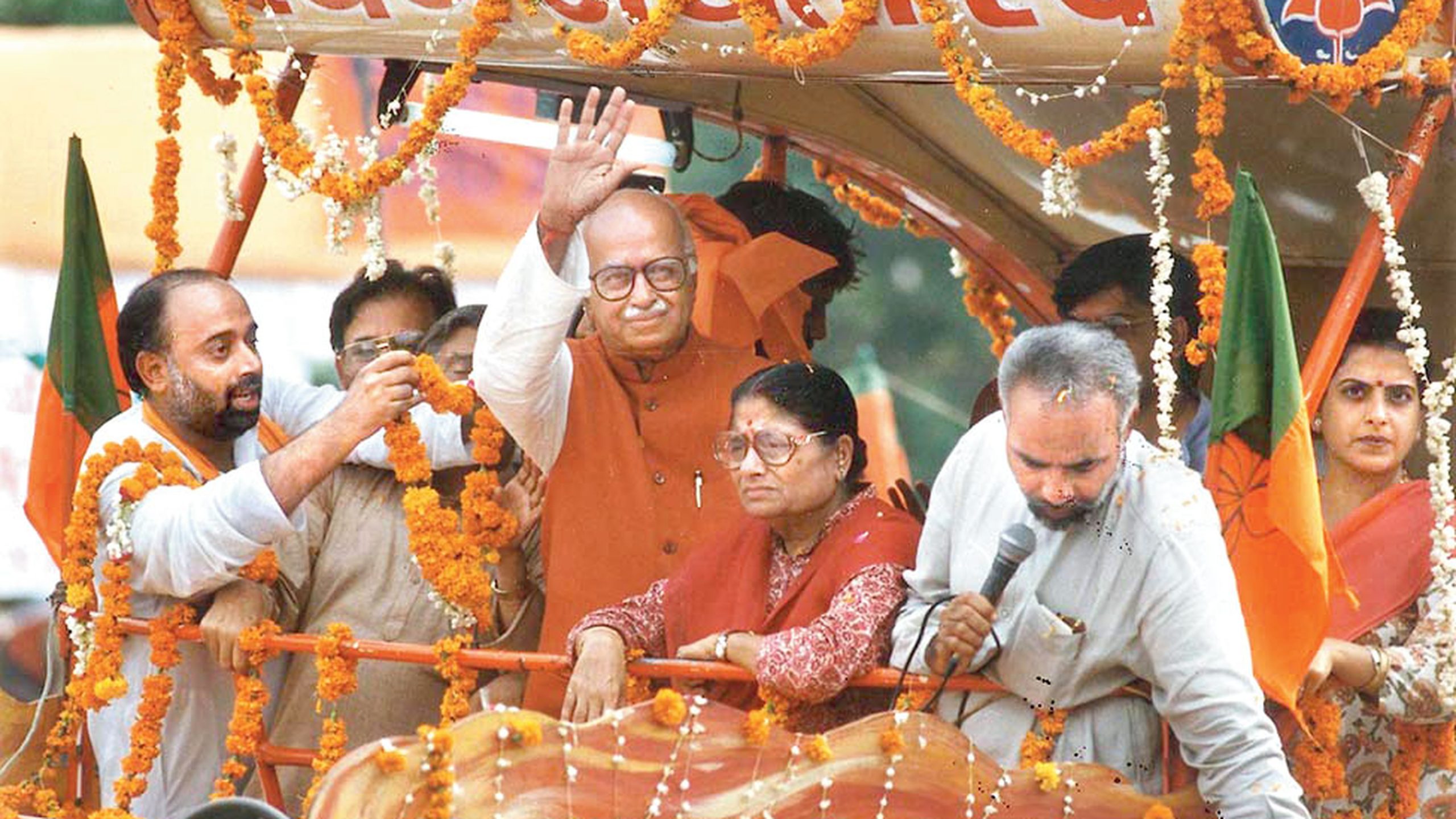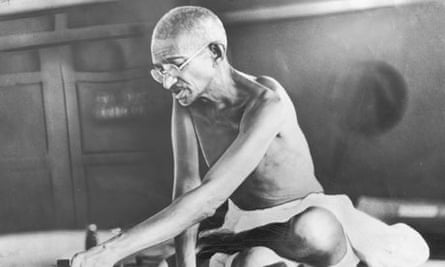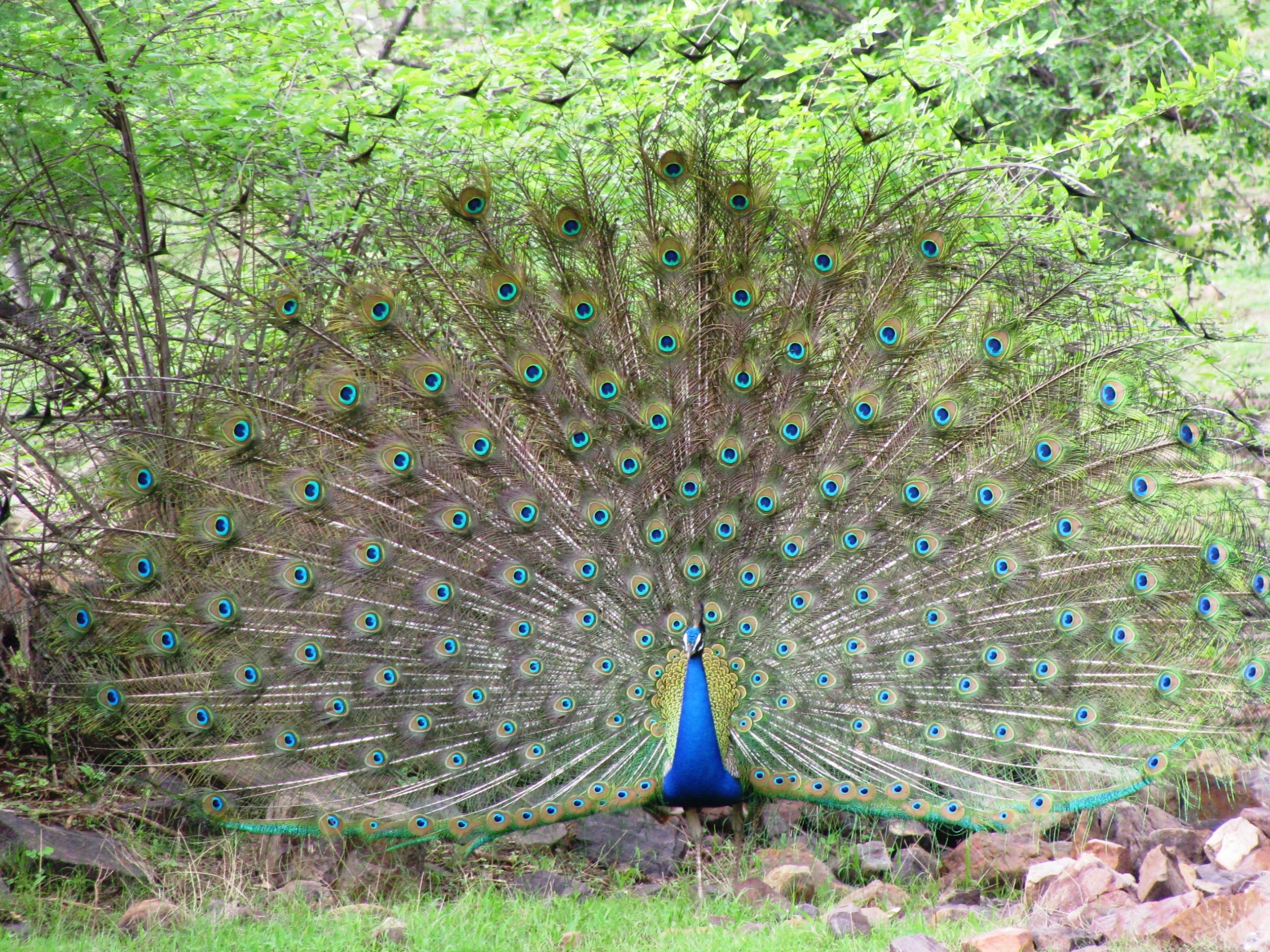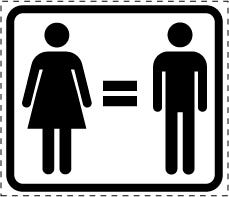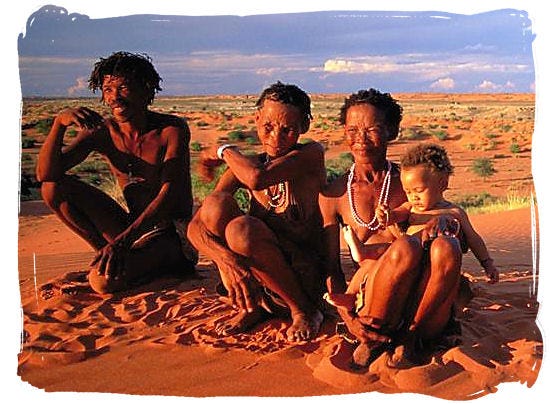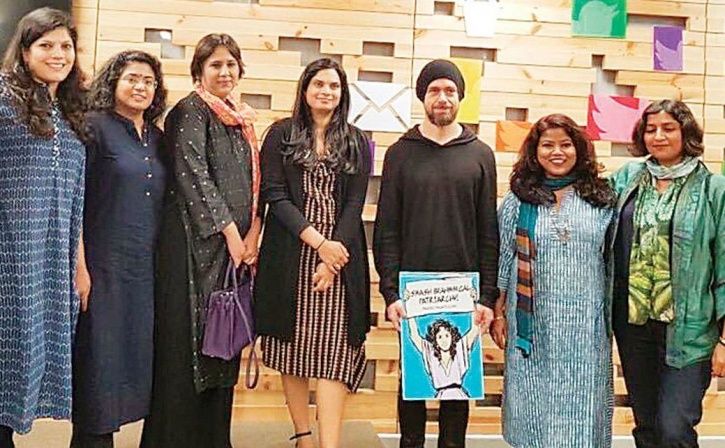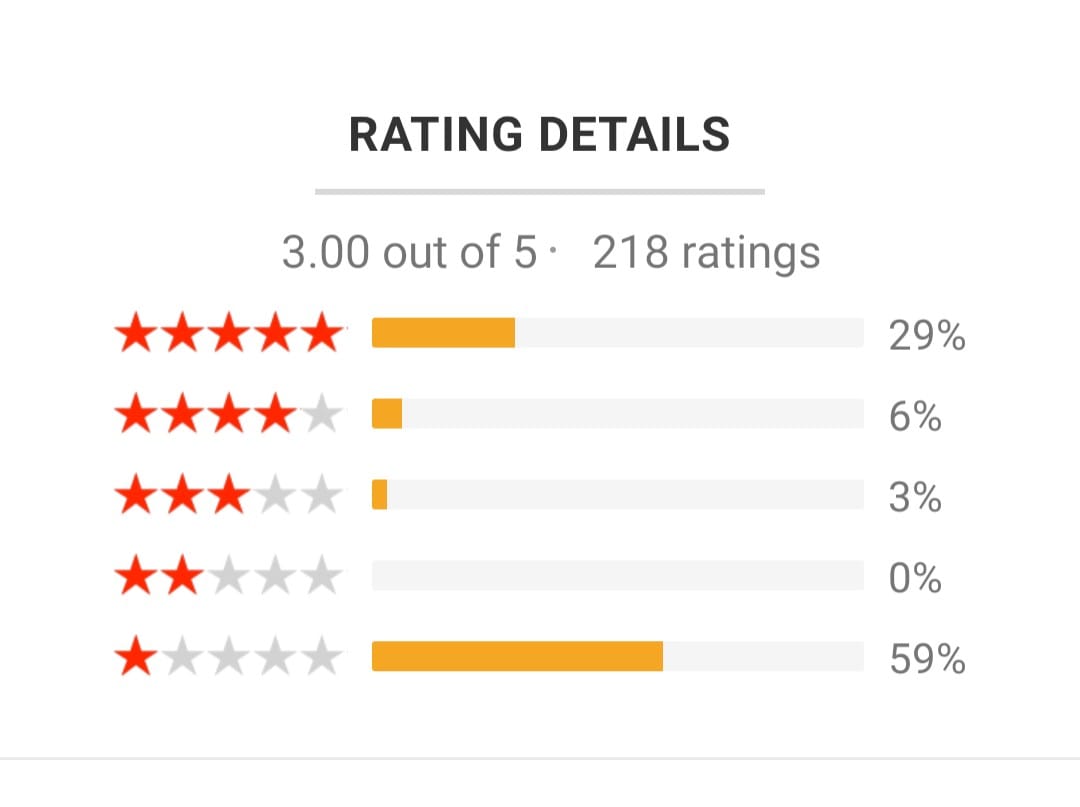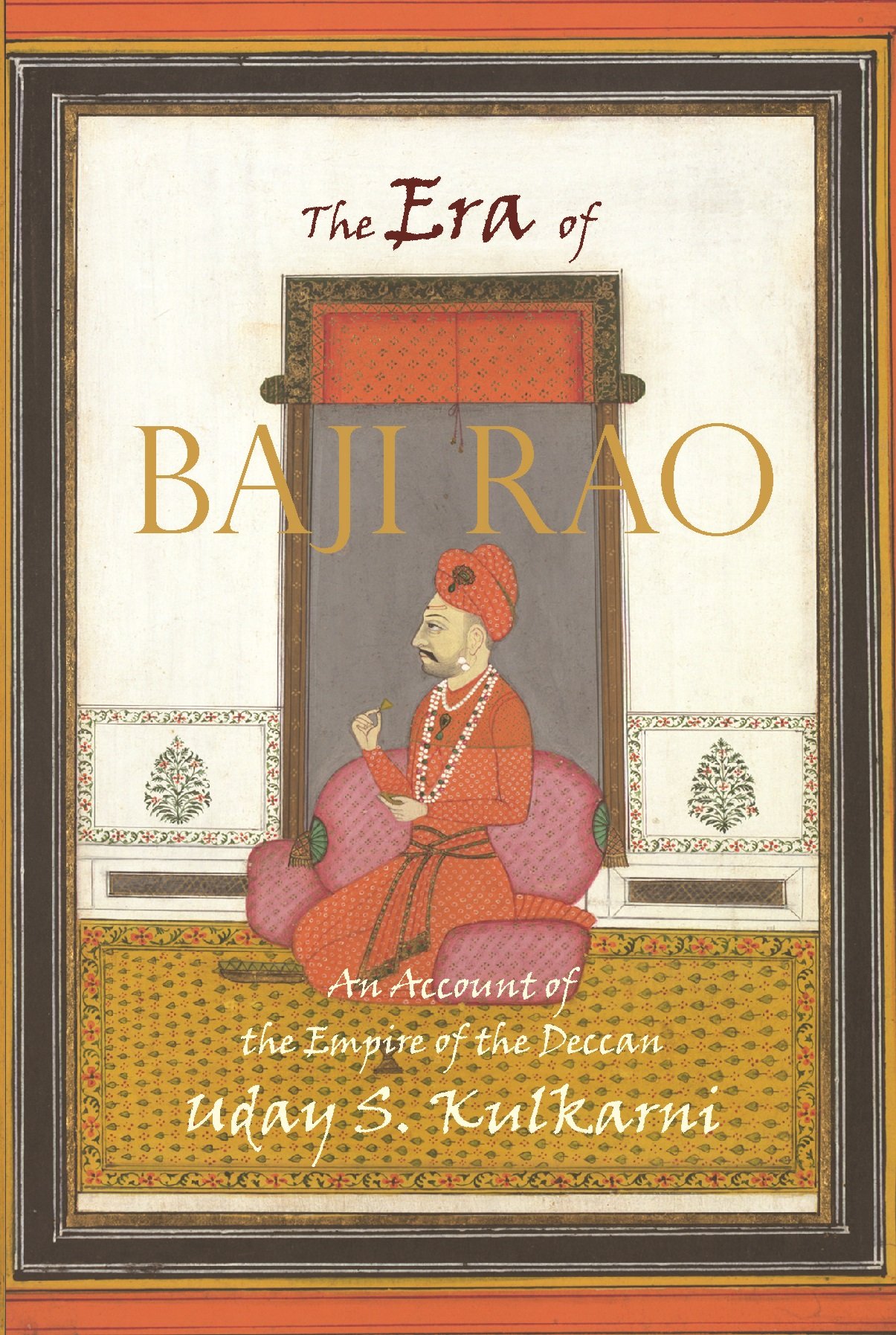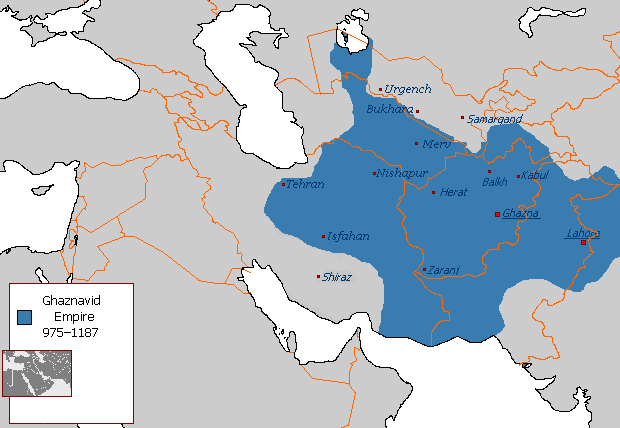
Even though the comment thread on my previous blog post – Playing with Fire was the immediate trigger for me writing this post, but I have been meaning to wade into this topic for some time. History writing in India has been a controversial topic especially since the ascendency of Hindutva. NCERT books on history are often blamed for preventing the “Truth and Reconciliation” between the Hindus and Muslims. While these criticisms have some merit, I often feel they’re overstated and straw-manned. Left-Liberal historians – Messrs Romila Thapar, Irfan Habib, Satish Chandra has been the favorite punching bag of Hindutvavadis in general. A lot of times people get carried away in hubris while punching these histories. Generalizations and misrepresentation of writings of these historians are rife in the Hindutvavadis.
I will go through Medieval India by Satish Chandra (class 11 history), Romila Thapar’s Medieval India (class 7), and Medieval history book by Nios (by multiple authors).
This piece focuses on the treatment given to Pre-Delhi Sultanate Muslim Invaders – the famous Ghazis of Islam. My recollection of textbooks is that the Mughals (except Babur and Aurangzeb) are glorified to a certain extent – especially Akbar, but none of the previous Muslim rulers are. I may be wrong – I am yet to read those chapters and will be posting about them later.
Mohammad Bin Qassim :
The Ummayad General doesn’t get much mention in these texts as by most accounts the Arab conquests of Sindh were at most localized events and did not have lasting consequences beyond Indus. Yet the one mention he gets in the Medieval history NCERT book isn’t something which appears positive.
- NIOS book – Module 2 – Page 134 History Module 2: “Arabs were also attracted by the wealth of India. Arab merchants and sailors had brought back stories of great wealth of India. However, the reason for the invasion of Sindh was to avenge the plunder of Arab Ships by pirates of Debol. King Dahir refused to punish the pirates. Hajjaj the governor of Iraq despatched an army under Muhammad Bin Qasim. He arrived in Sind in AD 712, and besieged Debol which was situated on the sea coast. After crossing the Indus he marched forward. At Rawar, Muhammad Bin Qasim attacked Dahir who was defeated. Arabs killed a large number of fleeing soldiers. Dahir was also caught and killed. Muhammad Bin Qasim now proceeded forward and within a short span he conquered various important places in Sind including Brahmanabad”
Mahmud of Ghazni:
- In Satish Chandra’s Medieval history, the period from 1000-1200 is called the Age of Conflict. The intra-Turkic conflict between Muslim and Non-Muslim Turks before the consolidation of Turkic sultanates also finds mention in the chapter. Additionally, he notes “The Islamized Turkish tribes were to emerge as the greatest defenders and crusaders of Islam. The love of plunder went side by side with the defense of Islam. About Mahmud – Mahmud is considered as a hero of Islam & the ghazi spirit further increased during his time. In India his memory is only of a plunderer and destroyer of temples. Mahmud also posed as the great But-shikan or destroyer of images. Mahmud also broke the Shivlingam and ordered parts brought back to his capital.”
- In Romila Thapar’s Medieval history, Mahmud doesn’t get a positive treatment. Thapar says “One of the attacks which is frequently mentioned was the destruction of the Somnath temple. Destroying temples had another advantage – he could claim as he did that he had obtained religious merit by destroying images. In 1030 Mahmud died and people of North India felt relieved“. After this Thapar does state his achievements for his capital and state along with his patronage of scholars like Firdausi and Al-Birauni.
- NIOS book – Module 2- gives a slightly more neutral characterization of Mahmud “Mahmud enriched his treasury by looting the temples of Nagarkot, Thanesar, Mathura and Kanauj. The attack against Nagarkot in AD 1008 has been described as his first great triumph. In AD 1025, Mahmud embarked on the most ambitious Indian campaign, the attack on the Somnath temple in Saurashtra. Mahmud captured the city after grim struggle in which more than 50,000 defenders lost their lives. His attacks on India were an attempt to fulfil his ambition to make Ghazni the formidable power in the politics of Central Asia. Mahmud’s raids into India were only to acquire the famous wealth of India.“
Mohammad Ghori:
- In Satish Chandra’s book – The Ghurid invasions and Mohammad’s legendary battle against Prithviraj Chauhan finds considerable space given to it. The analysis is neutral and doesn’t get into speculations beyond a point. The other exploits of Mohammad and Qutubuddin Aibak are explained in some detail. The author makes no claims of iconoclasm except in the case of Bakhtiyar Khalji in Bihar and Bengal. About Khalji he writes “he destroyed some of the great Buddhist monasteries at Nalanda and Vikramshila“. Additionally, he notes “Neither was really concerned with Islam, though neither scrupled over the use of Islam to justify their plunder of Indian cities and temples“
- In Romila Thapar’s Medieval history – she also focusses on the Battle of Tarrain and appears neutral towards Mohammad Ghori and the Ghurids in general.
- NIOS book also gives a neutral and brief analysis of Ghurid invasions and capture of North India.
Romila Thapar’s Medieval History is meant for 7th standard and hence doesn’t have the details seen in Satish Chandra’s 11th standard history book. Satish Chandra’s book captured a lot of facets of these invasions including religious. Reading these chapters, it is fair to conclude that none of these books glorify these early Muslim Ghazis. It can be fairly argued from Hindutva point of view, that Islam’s role in these conquests is understated (especially in Thapar’s Medieval History). But that book is meant for 12-year-old kids.
On the broader reading of history, I guess Islam is necessary but not sufficient in explaining the Turko-Afghan invasions of India in the 11th and 12 centuries.
Treatment of Delhi Sultans next.
